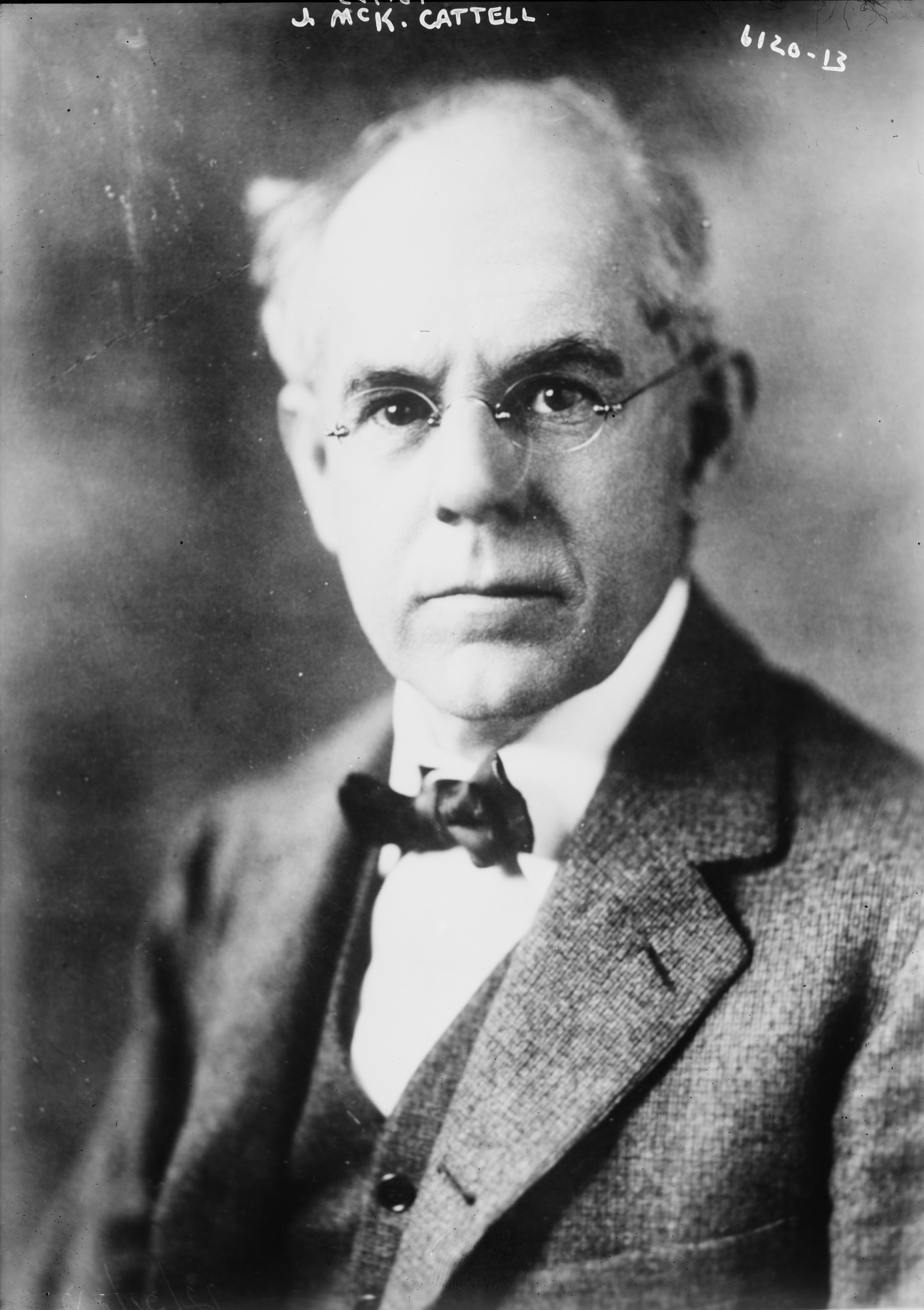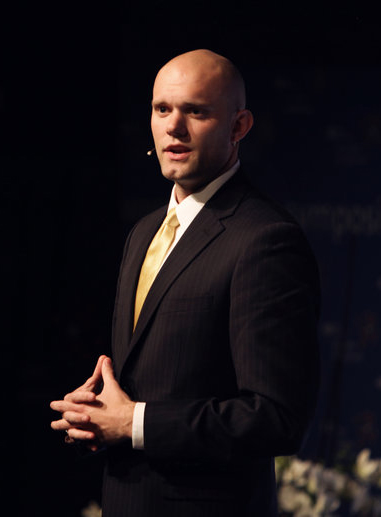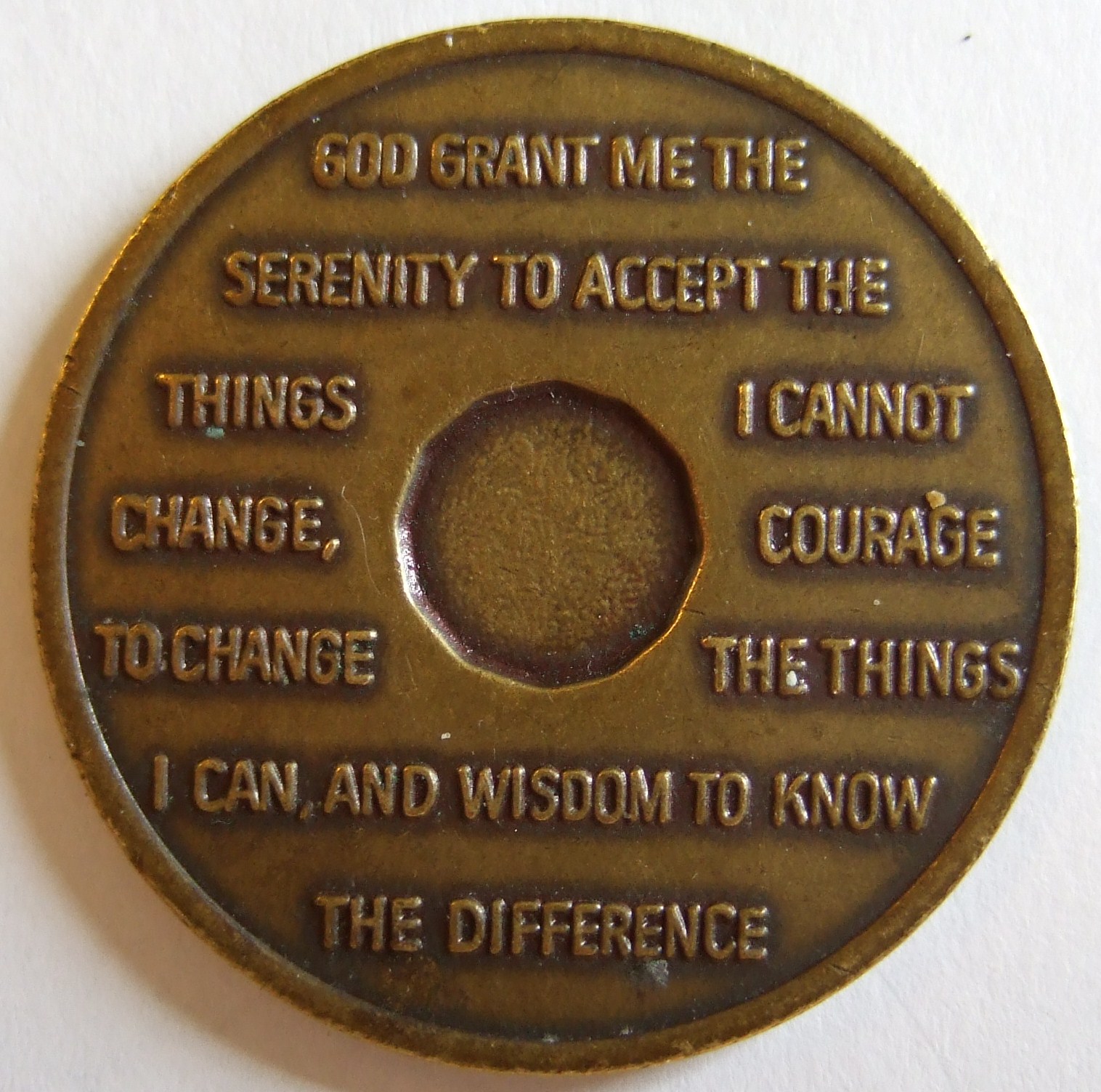|
Self-help Book
A self-help book is one that is written with the intention to instruct its readers on solving personal problems. The books take their name from ''Self-Help'', an 1859 best-seller by Samuel Smiles, but are also known and classified under "self-improvement", a term that is a modernized version of self-help. Self-help books moved from a niche position to being a postmodern cultural phenomenon in the late twentieth century. Early history Informal guides to everyday behaviour might be said to have existed almost as long as writing itself. Ancient Egyptian "Codes" of conduct "have a curiously modern note: 'You trail from street to street, smelling of beer...like a broken rudder, good for nothing....you have been found performing acrobatics on a wall!. Micki McGee writes: "Some social observers have suggested that the Bible is perhaps the first and most significant of self-help books". In classical Rome, Cicero's '' On Friendship'' and '' On Duties'' became "handbooks and guides...th ... [...More Info...] [...Related Items...] OR: [Wikipedia] [Google] [Baidu] |
Self-Help (Smiles Book)
''Self-Help; with Illustrations of Character and Conduct'' is a book published in 1859 by Samuel Smiles. The second edition of 1866 added ''Perseverance'' to the subtitle. It has been called "the bible of mid-Victorian liberalism". Contents Smiles was not very successful in his careers as a doctor and journalist. He joined several cooperative ventures, but they failed for lack of capital. Disillusioned, he turned away from middle-class utopianism, and finally found intellectual refuge and national fame in the isolation of self-help. He extolled the virtues of self-help, industry, and perseverance. However, he rejected the application of ''laissez-faire'' to critical areas such as public health and education. According to historian Asa Briggs: :Self-help was one of the favorite mid-Victorian virtues. Relying on yourself was preferred morally—and economically—to depending on others. It was an expression of character even when it did not endure ... The progressive development of ... [...More Info...] [...Related Items...] OR: [Wikipedia] [Google] [Baidu] |
Folk Wisdom
Folklore is the body of expressive culture shared by a particular group of people, culture or subculture. This includes oral traditions such as tales, myths, legends, proverbs, poems, jokes, and other oral traditions. This also includes material culture, such as traditional building styles common to the group. Folklore also encompasses customary lore, taking actions for folk beliefs, including folk religion, and the forms and rituals of celebrations such as Christmas, weddings, folk dances, and initiation rites. Each one of these, either singly or in combination, is considered a folklore artifact or traditional cultural expression. Just as essential as the form, folklore also encompasses the transmission of these artifacts from one region to another or from one generation to the next. Folklore is not something one can typically gain from a formal school curriculum or study in the fine arts. Instead, these traditions are passed along informally from one individual to a ... [...More Info...] [...Related Items...] OR: [Wikipedia] [Google] [Baidu] |
Psychology
Psychology is the scientific study of mind and behavior. Its subject matter includes the behavior of humans and nonhumans, both consciousness, conscious and Unconscious mind, unconscious phenomena, and mental processes such as thoughts, feelings, and motivation, motives. Psychology is an academic discipline of immense scope, crossing the boundaries between the Natural science, natural and social sciences. Biological psychologists seek an understanding of the Emergence, emergent properties of brains, linking the discipline to neuroscience. As social scientists, psychologists aim to understand the behavior of individuals and groups.Hockenbury & Hockenbury. Psychology. Worth Publishers, 2010. A professional practitioner or researcher involved in the discipline is called a psychologist. Some psychologists can also be classified as Behavioural sciences, behavioral or Cognitive science, cognitive scientists. Some psychologists attempt to understand the role of mental functions in i ... [...More Info...] [...Related Items...] OR: [Wikipedia] [Google] [Baidu] |
Tom Butler-Bowdon
Tom Butler-Bowdon (; born 1967) is a non-fiction author based in Oxford, England. Early life Butler-Bowdon was born in Adelaide. He graduated from the University of Sydney (BA Hons, Government and History) and the London School of Economics (MSc Politics of the World Economy). Career Butler-Bowdon is most notable for the ''50 Classics'' series of books, which provide commentaries on key writings in personal development, psychology, philosophy and economics. The series is published in English by Nicholas Brealey Publishing, and has been translated into 23 languages. Referring to his earlier work on the personal development literature, Butler-Bowdon was described by USA Today as "a true scholar of this type of literature". His ''50 Self-Help Classics'' won the 2004 Benjamin Franklin Award (US) for the Psychology/Self-Help category. Butler-Bowdon's "50 Economics Classics: The Greatest Books Distilled" was awarded a silver medal in the 2018 Axiom Business Book Awards, in the Bus ... [...More Info...] [...Related Items...] OR: [Wikipedia] [Google] [Baidu] |
Man's Search For Meaning
''Man's Search for Meaning'' () is a 1946 book by Viktor Frankl chronicling his experiences as a prisoner in Nazi concentration camps during World War II, and describing his psychotherapeutic method, which involved identifying a purpose to each person's life through one of three ways: the completion of tasks, caring for another person, or finding meaning by facing suffering with dignity. Frankl observed that among the fellow inmates in the concentration camp, those who survived were able to connect with a purpose in life to feel positive about and who then immersed themselves in imagining that purpose in their own way, such as conversing with an (imagined) loved one. According to Frankl, the way a prisoner imagined the future affected his longevity. The book intends to answer the question "How was everyday life in a concentration camp reflected in the mind of the average prisoner?" Part One constitutes Frankl's analysis of his experiences in the concentration camps, while Part ... [...More Info...] [...Related Items...] OR: [Wikipedia] [Google] [Baidu] |
Atomic Habits
''Atomic Habits: An Easy & Proven Way to Build Good Habits & Break Bad Ones'' is a 2018 self-help book by James Clear, a researcher of habit formation. The book received acclaim from most critics, with a few strongly disapproving of its claims. It became highly popular among readers in the years following its publication; as of February 2024, it has sold nearly 20 million copies, and had topped the New York Times best-seller list for 164 weeks. Synopsis In ''Atomic Habits'', James Clear, a researcher of how humans form habits, gives readers advice on breaking any habit which negatively affects them—such as abstaining from an addiction. He claims that if the reader often displays negative habitual behavior, it is not caused by "you"—in that "you" specifically are inherently predisposed to perpetuating the habit, as the reader may believe—but rather by "your system": the reader's network of previously self-imposed Mental block">mental barriers which now prevent the pe ... [...More Info...] [...Related Items...] OR: [Wikipedia] [Google] [Baidu] |
Placebo
A placebo ( ) can be roughly defined as a sham medical treatment. Common placebos include inert tablets (like sugar pills), inert injections (like saline), sham surgery, and other procedures. Placebos are used in randomized clinical trials to test the efficacy of medical treatments. In a placebo-controlled trial, any change in the control group is known as the ''placebo response'', and the difference between this and the result of no treatment is the ''placebo effect''. Placebos in clinical trials should ideally be indistinguishable from so-called verum treatments under investigation, except for the latter's particular hypothesized medicinal effect. This is to shield test participants (with their consent) from knowing who is getting the placebo and who is getting the treatment under test, as patients' and clinicians' expectations of efficacy can influence results. The idea of a placebo effect was discussed in 18th century psychology, but became more prominent in the 20th ... [...More Info...] [...Related Items...] OR: [Wikipedia] [Google] [Baidu] |
Dysfunctional Family
In psychology, abnormality (also dysfunctional behavior, maladaptive behavior, or deviant behavior) is a behavioral characteristic assigned to those with conditions that are regarded as dysfunctional. Behavior is considered to be abnormal when it is atypical or out of the ordinary, consists of undesirable behavior, and results in impairment in the individual's functioning. As applied to humans, abnormality may also encompass deviance, which refers to behavior that is considered to transgress social norms. The definition of abnormal behavior in humans is an often debated issue in abnormal psychology. ''Abnormal'' behavior should not be confused with ''unusual'' behavior. Behavior that is out of the ordinary is not necessarily indicative of a mental disorder. Abnormal behavior, on the other hand, while not a mental disorder in itself, is often an indicator of a possible mental or psychological disorder. A psychological disorder is defined as an "ongoing dysfunctional pattern of ... [...More Info...] [...Related Items...] OR: [Wikipedia] [Google] [Baidu] |
Serenity Prayer
The Serenity Prayer is an prayer, invocation by the petitioner for wisdom to understand the difference between circumstances ("things") that can and cannot be changed, asking courage to take action in the case of the former, and serenity to accept in the case of the latter. The prayer has achieved very wide distribution, spreading through the YWCA and other groups in the 1930s, and in Alcoholics Anonymous and related organizational materials since at least 1941. Since at least the early 1960s, commercial enterprises such as Hallmark Cards have used the prayer in its greeting cards and gift items. History A version of the prayer was originally composed by Protestant theologian Reinhold Niebuhr in the early 1930s. Initially popularized by one of his colleagues, the prayer began to spread widely without reference to the original author. Around 1932, Niebuhr is reported to have first used the prayer as the last part of a longer prayer. In an October 31, 1932 diary entry by America ... [...More Info...] [...Related Items...] OR: [Wikipedia] [Google] [Baidu] |
Twelve-step Program
Twelve-step programs are international mutual aid programs supporting recovery from substance addictions, behavioral addictions and compulsions. Developed in the 1930s, the first twelve-step program, Alcoholics Anonymous (AA), founded by Bill Wilson and Bob Smith, aided its membership to overcome alcoholism. Since that time dozens of other organizations have been derived from AA's approach to address problems as varied as drug addiction, compulsive gambling, sex, and overeating. All twelve-step programs utilize a version of AA's suggested twelve steps first published in the 1939 book '' Alcoholics Anonymous: The Story of How More Than One Hundred Men Have Recovered from Alcoholism.'' As summarized by the American Psychological Association (APA), the process involves the following: * admitting that one cannot control one's alcoholism, addiction, or compulsion; * coming to believe in a Higher Power that can give strength; * examining past errors with the help of a sp ... [...More Info...] [...Related Items...] OR: [Wikipedia] [Google] [Baidu] |
Self-fashioning
Self-fashioning, a term introduced in Stephen Greenblatt'''s'' 1980 book ''Renaissance Self-Fashioning: From More to Shakespeare'', refers to the process of constructing one's identity and public persona to reflect a set of cultural standards or social codes. Greenblatt described the process in the Renaissance era where a noble man was instructed to dress in the finest clothing he could afford, to be well versed and educated in art, literature, sport, and other culturally determined noble exercises, and to generally comport himself in a self-conscious manner. A concern for one's outwardly projected image was reflected in the portraiture of the era. In Renaissance studies According to Greenblatt, during the Renaissance the upper class practiced self-fashioning. Prescribed attire and behavior was created for the noblemen and women, and were represented through portraits. The ideological traits portraying masculinity were symbols of authority and power. Male rulers depicted th ... [...More Info...] [...Related Items...] OR: [Wikipedia] [Google] [Baidu] |






